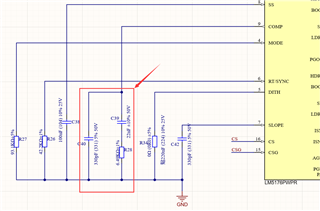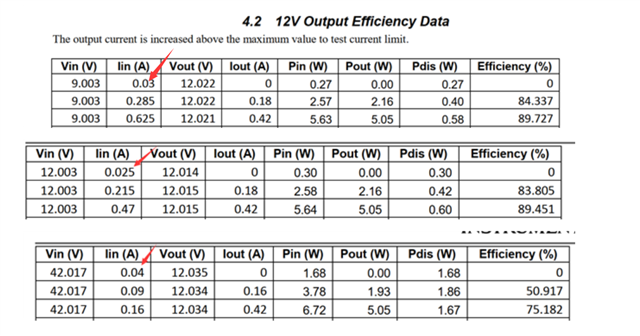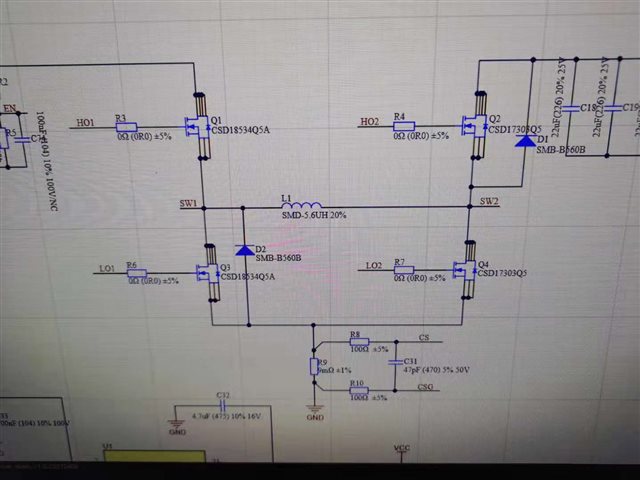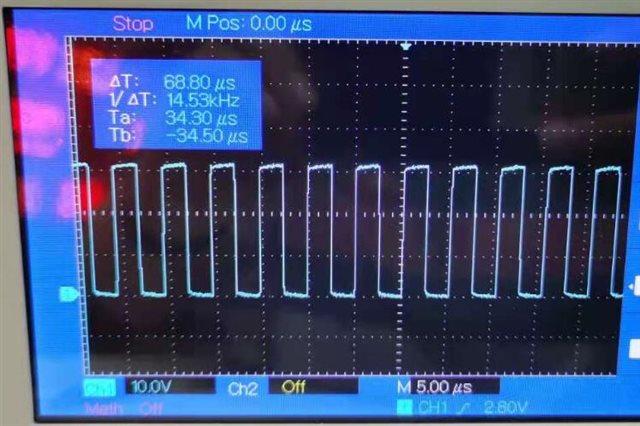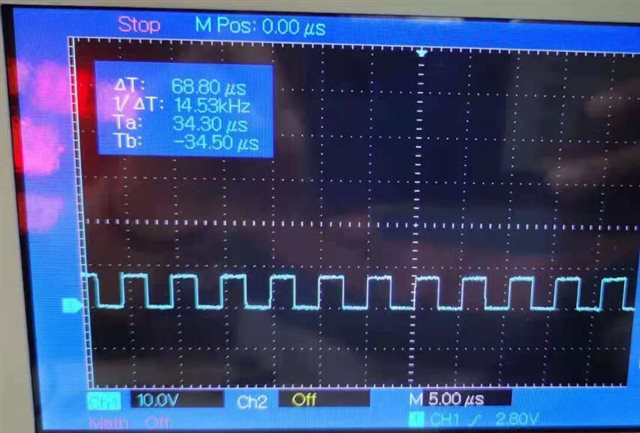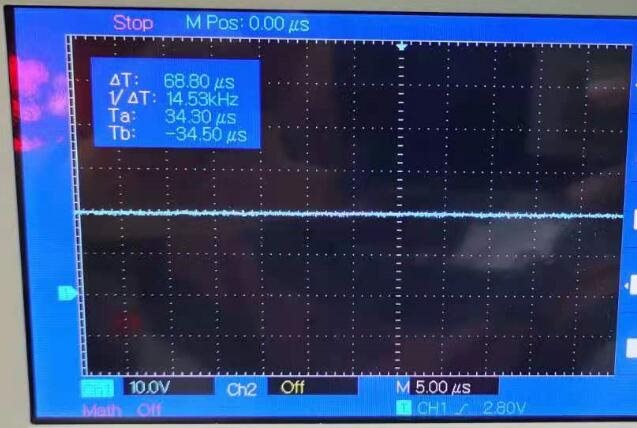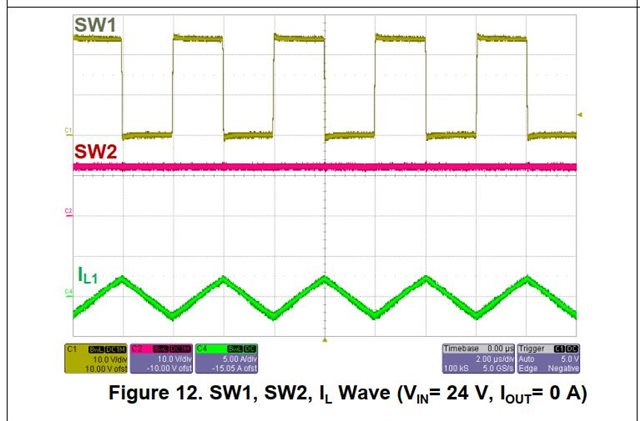Other Parts Discussed in Thread: LM5175
Hi, Ti engineer!
At present, I use lm5176 to design buck-boost circuit, input 8 ~ 36V, output 12V / 6A, switching frequency 200kHz. At present, the test circuit is basically normal, but when the output is not connected to the load, when the input is 24V, there will be 70ma no-load current.I suspect it is the inductance problem. I replaced an inductor with the same package and inductance (inductance: 5.6uh), and the no-load current was reduced to 40mA.
I think the no-load current is still a little large. How much of the no-load current is normal? What aspects can we start from to reduce the no-load current. thank you!


